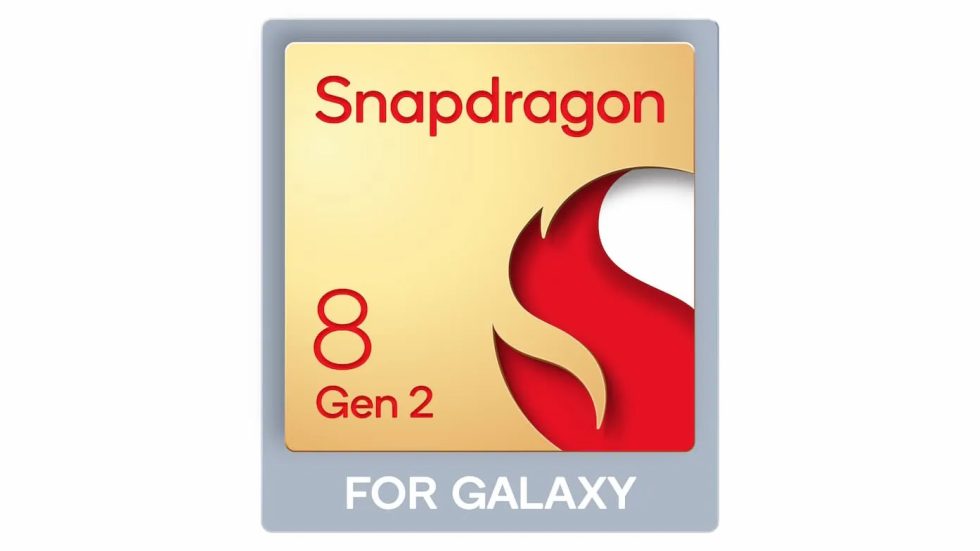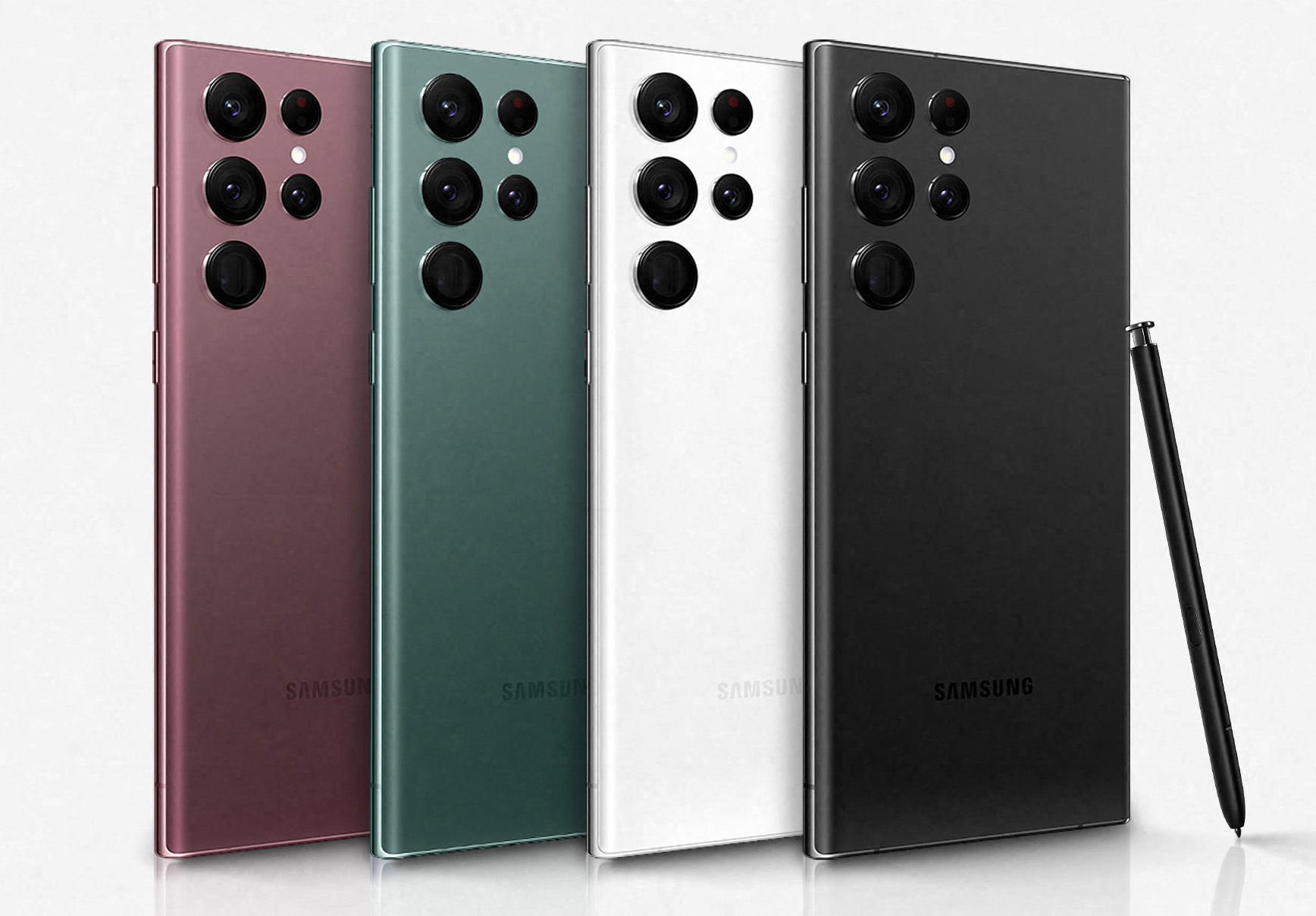Samsung dumps the Exynos SoC internationally and gets a higher-binned Qualcomm chip.
It's a new year, and that means it's time for a new Samsung flagship. The Galaxy S23 series is official, with a tweaked design for the cheaper models and a big SoC change for international users. As always, there are three models: the 6.1-inch Galaxy S23, 6.6-inch S23 Plus, and 6.8-inch S23 Ultra.
With the release of the S23, Samsung is kicking off some internal drama, with Samsung's Galaxy phone "DX Division" spurning Samsung LSI—the division that produces Exynos chips—for not being good enough. In the past, the Galaxy S series has gone with dual suppliers for its SoC, where some regions get Qualcomm Snapdragon chips (usually the US, China, Japan, and Latin America) and others get Samsung Exynos chips (Europe, India, among others). The performance of Exynos chips is usually not up to the (second place) standard of Qualcomm, and Exynos customers who get stuck with a purely inferior phone are naturally disappointed. Exynos chips have made Samsung fans angry enough to make petitions begging for the superior Qualcomm model to be released in their markets.
This year, Samsung is listening and will be going all Qualcomm, all the time. The Exynos chips have been banished to lower-end devices, which is a wild turn of events after Samsung LSI scored an AMD collaboration last year and two years ago—perhaps out of desperation—started naming Exynos chips after Galaxy S phones, with the Exynos 2100 launching in the S21, and the Exynos 2200 launching in the S22. The Exynos division still supplies chips to various mid-range Samsung phones, and an orphaned Exynos 2300 chip is still floating around the rumor mill and might end up in a tablet or a cut-down version of the S23.

The star of the show is a newer, faster Qualcomm chip, the Snapdragon 8 Gen 2. Samsung scored a higher-binned version of Qualcomm's chip, called, officially, the "Qualcomm Snapdragon 8 Gen 2 for Galaxy." Besides the long name, it has a slightly higher clock rate: 3.36 GHz as opposed to the normal 3.2 GHz. On the non-Galaxy version, Qualcomm promises a 35 percent faster CPU and a 25 percent faster GPU, both with a claimed 40-45 percent higher efficiency. It's a 4 nm chip, with one Arm Cortex X3 CPU,
two Cortex-A715 CPUs, two Cortex-A710 CPUs, and three Cortex A510R1 CPUs. It's kind of a weird CPU layout, but Qualcomm reworked Arm's recommended layout a bit to keep 32-bit support rolling for another year. This is the first Qualcomm chip to support the royalty-free AV1 codec, and it also can support Wi-Fi 7, but Samsung didn't add that to any of the models.
The base model of the S23 is getting some cut-down parts. The major differences are 128GB of UFS 3.1 storage, a lack of ultra-wideband (UWB) support, and 25 W charging on the base model, while the more expensive S23 Plus and Ultra have a base of 256GB of much faster UFS 4.0 storage and 45 W wired charging. Those charging numbers aren't anything to write home about, which is a shame. Everything has a baseline of 8GB of RAM, 15 W wireless charging, IP68 water resistance, and an 8MP front camera. The Ultra model has higher tiers that can go up to 12GB of RAM and 1TB of storage.
The base model S23 is $800 and packs a 3900 mAh battery. The Plus model is $1,000 with a 4700 mAh battery, and the Ultra is $1,200 with a 5000 mAh battery. Those prices haven't moved in the US, but leaked pricing says the phones are around $100 more expensive internationally. The lower two models have 200 mAh higher battery capacity than the S22.
The biggest visible change in the lineup is on the S23 and S23 Plus. Last year the two cheaper S22s had a wraparound corner camera block, while this year they look more like the Galaxy S23 Ultra with individual camera lenses. The corner block never had much of a design justification, but with the individual camera lens, Samsung has landed on an honestly slick-looking minimal design. A subtle change on the S23 Ultra is that, according to 9to5Google, Samsung flattened out the screen by 30 percent, and the workable area is now almost completely flat. Samsung finally admitted that curved screens are a bad idea and serve no purpose.
The Ultra model looks identical to last year—it's much more squared off than the two cheaper phones, and those taller corners make room for a stowable S-Pen. Besides the biggest display, the Ultra's claim to fame is an upgraded camera loadout, and this year the main sensor is a whopping 200 MP.
The phones are up for preorder today and will be at every major carrier and electronics store on February 17.
- BobikH, Kaos and Karlston
-

 3
3




Recommended Comments
There are no comments to display.
Join the conversation
You can post now and register later. If you have an account, sign in now to post with your account.
Note: Your post will require moderator approval before it will be visible.